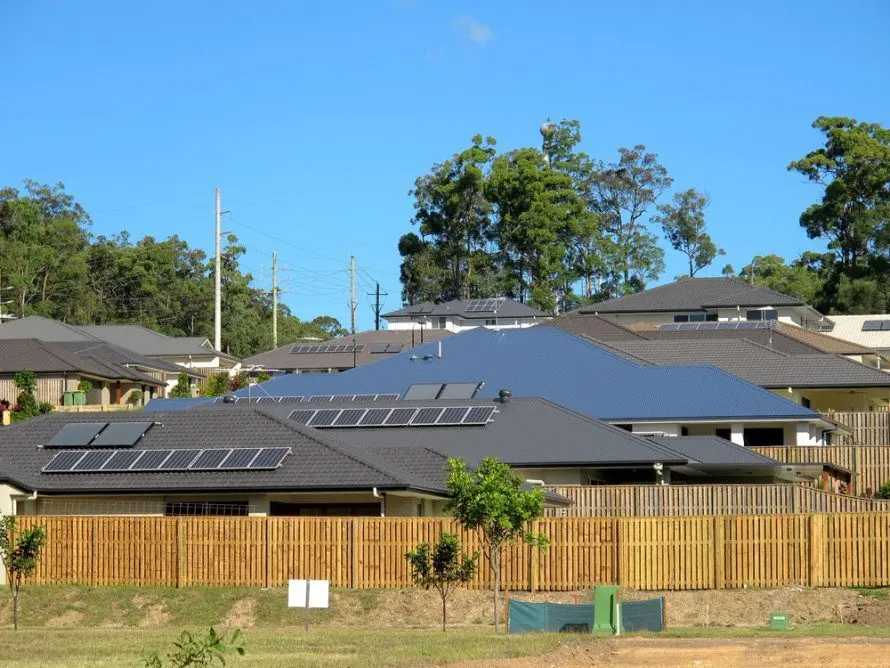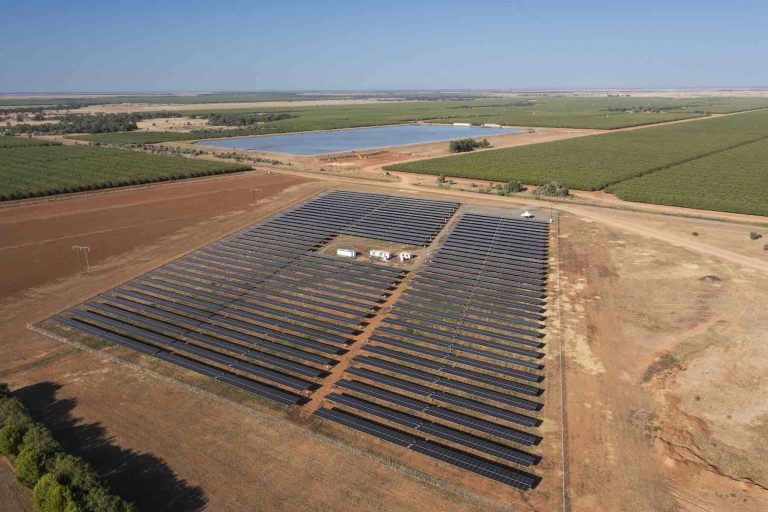Impact of NSW Solar Tax on Consumers and Grid
Ausgrid’s introduction of a new solar levy in New South Wales has stirred up discontent among Australians who have heavily invested in transitioning away from fossil-fuel electricity consumption in their homes. This levy, amounting to 1.2 cents per kilowatt-hour on electricity exported to the grid, has raised concerns about its potential negative impact on the growth of renewable energy.
Many argue that rather than imposing new charges, there are more effective methods to manage grid load, such as implementing flexible export options that do not burden solar panel owners. By allowing for a fair distribution of network capacity among users, taking into account local constraints, a more balanced approach can be achieved.
Lessons from Overseas and Local Concerns
The parallels drawn with a similar Spanish tax experiment that was eventually overturned highlight the potential pitfalls of Ausgrid’s decision. The fear is that such a levy could hinder progress in renewable energy adoption by individuals, as seen in Spain during the years the tax was in effect.
Despite Ausgrid’s justification that the revenue generated will be used to upgrade the grid to accommodate the increasing solar exports, questions remain about the necessity of this tax. The lack of transparency regarding the actual costs Ausgrid will incur for these upgrades raises doubts about the legitimacy of the levy.
Double Dipping and Consumer Impact
Ausgrid’s move has been criticised as a form of double dipping, especially considering the substantial federal government investment in the NSW electricity grid for modernisation. The imposition of a tax on solar panel owners, under the guise of fairer power bills for non-solar consumers, has sparked debate about the actual impact on electricity costs.
The proposed $6.60 annual fee per solar panel owner seems inconsequential when considering the potential burden on households without solar panels. With estimates suggesting a higher tax range based on modern panel installations, the true cost implications for consumers come into question.
Challenges and Alternatives
The concern is that such a tax could discourage households from investing in larger solar panel systems that could significantly contribute to the transition to renewable energy. Ausgrid’s offer of a higher rate for evening power exports does little to alleviate these concerns, especially for households reliant on battery storage.
While Ausgrid justifies the levy as necessary for grid improvements, doubts linger about the actual benefits and the potential for passing on future costs to consumers. The focus should be on encouraging the use of solar energy and fostering a zero-emissions electricity grid, rather than penalising clean energy exporters.
Alternative models, such as the flexible export systems demonstrated by SAPN in South Australia, offer a more sustainable approach to managing grid capacity. It is essential for stakeholders to reconsider the implications of the solar levy and explore more equitable solutions that support renewable energy growth.






43-768x512.jpg)